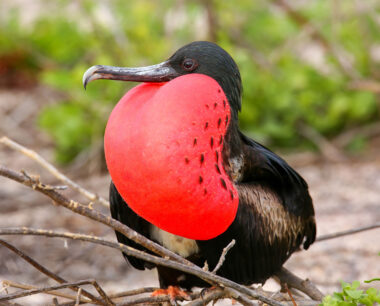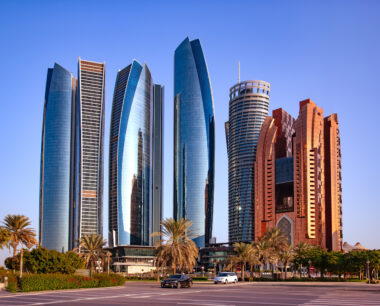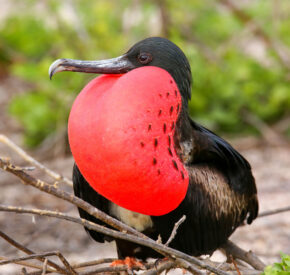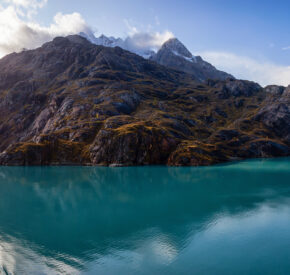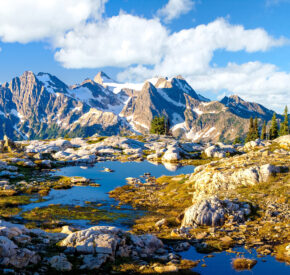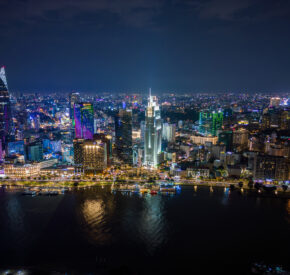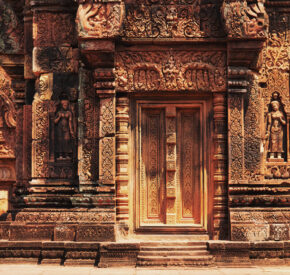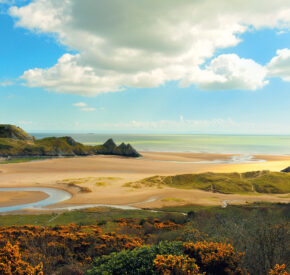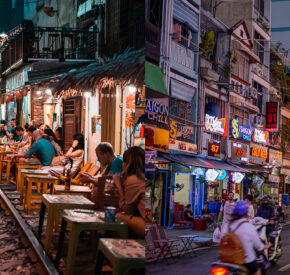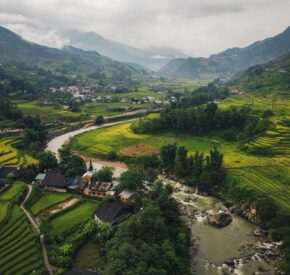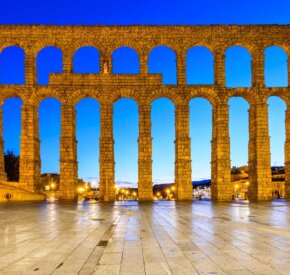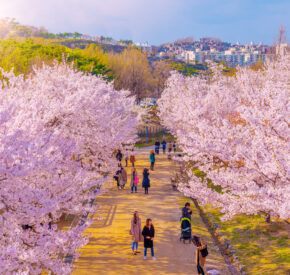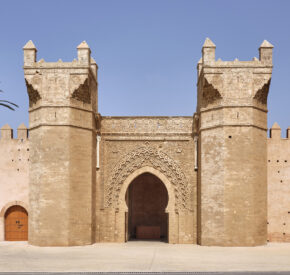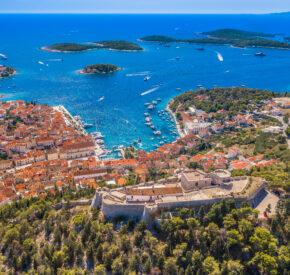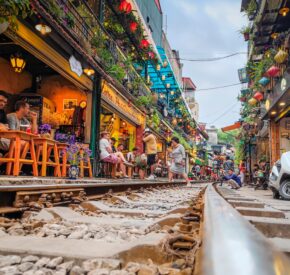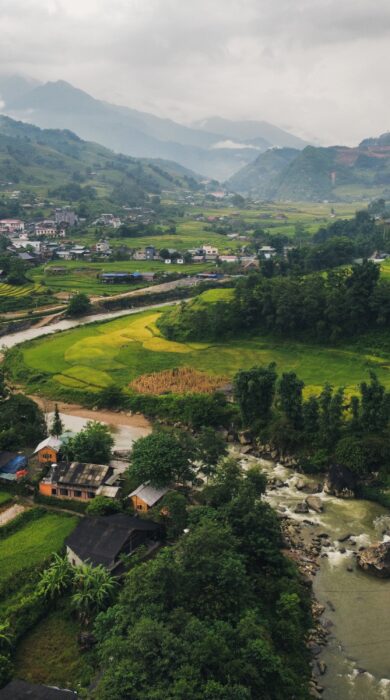
Travel Advice
Our guide to the best time to visit Vietnam, no matter your itinerary
Whether you want to see the limestone karsts of Ha Long Bay or boat down the Mekong Delta, here’s when to book that trip…
While there’s no simple answer as to when is the best to visit Vietnam, the best months overall – when you can expect good weather North to South – are between February and April.
Climate varies across this Vietnam, which stretches 1,650 kilometres from rugged mountains north of Hanoi through the karst rippling jungles of the Central Vietnam to the flat lowlands of the Mekong Delta and sultry Saigon (Ho Chi Minh City). There are distinct seasons, too (especially in the North and the Highlands) and considerable regional variations.
Bearing all this in mind, here is the best detailed advice on the best time to go to Vietnam.
The best time to visit Northern Vietnam (Hanoi, the Highlands and Ha Long Bay)
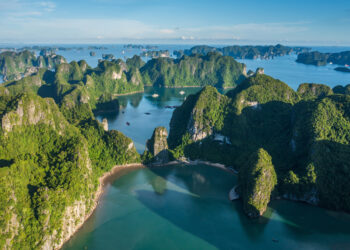
Best time to visit: September to October; March to May
North Vietnam which lies just inside the Tropic of Cancer has distinct seasons. September to October are cool (around 20-25C) and it is usually sunny. Much of the region is in bloom and in the highlands around Sapa and Ha Giang the paddy fields are golden with rice ripe for harvest.
Hanoi hosts a lively mid-Autumn Festival (usually in October), when the skies are filled with paper lanterns and the air fragrant with baking mooncakes.
December to February can be cold – especially in the highlands where there is occasional snowfall in Ha Giang and Sapa. Hanoi is often foggy and drizzly at this time, and while Ha Long Bay can be beautiful, with the karst islands shrouded in mist and far fewer visitors, you risk gloomy days.
Read next: 17 of the best things to do in Vietnam
Best time to visit Central Vietnam (Hue, Da Nang, and Hoi An)
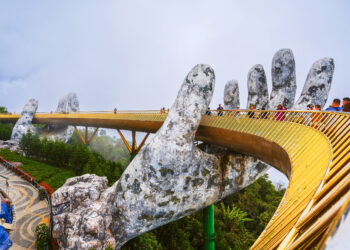
Best time to visit: February to May
Central Vietnam has a tropical climate with distinct wet and dry seasons. In Hué, Danang and Hoi An, it is usually dry between February and August, with temperatures reaching the low thirties in the peak summer months. February to May offers the perfect balance between relative cool (with temperatures between 20C to 30C).
Temperatures rise between June and August when it can reach the mid-thirties, and the rainy season runs between September and February. Rain can be torrential in October and November when there’s a chance of storms and localised flooding.
Further south, Nha Trang, Vietnam’s principal beach town sees 300 days of sunshine and a light, short rainy season lasting from September to December. Even in high summer, Dalat in the central highlands feels fresh relative to the sweltering coast and it’s dry November to March.
Read next: 6 alternative places to visit in Vietnam
Best time to visit Southern Vietnam (Ho Chi Minh City (Saigon) and the Mekong Delta)

Best time to visit: December to April
Temperatures in tropical Southern Vietnam, which includes Ho Chi Minh City and the Mekong Delta, vary little across the year, but there is a distinct dry season and wet season. The latter runs between May to November (peaking June to August), when days generally start sunny, build in humidity into the afternoon and burst in a heavy downpour, usually lasting a few hours.
Between December and February humidity and temperatures are at their lowest, ranging from mid-20s to low 30s. In March and April, temperatures rise and can reach the mid or high 30s.
Read next: 8 incredible books to read before you visit Vietnam
Festivals and events
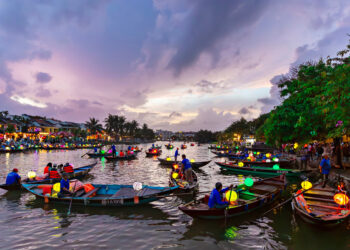
When planning your visit to Vietnam, bear the local festivals and events in mind.
Tet (Lunar New Year) usually falls between late January and mid-February and coinciding with the Chinese New Year, this is the most important festival in Vietnam. It’s a family occasion and many businesses close-down for a few days, making travel challenging.
The mid-Autumn Festival is usually celebrated in September or October. This is when you’ll see brightly coloured paper lanterns in the streets and in hot-air balloon lanterns in the air. Mooncakes are shared everywhere and there’s lots of cultural activities, especially in cities like Hanoi and Hoi An.
Hoi An, which is famous for its paper lanterns holds its own monthly Lantern Festival on the 14th day of each lunar month, when the city’s bridges and pretty terracotta roofed shops are illuminated with paper lanterns and flying lanterns fill the air.



